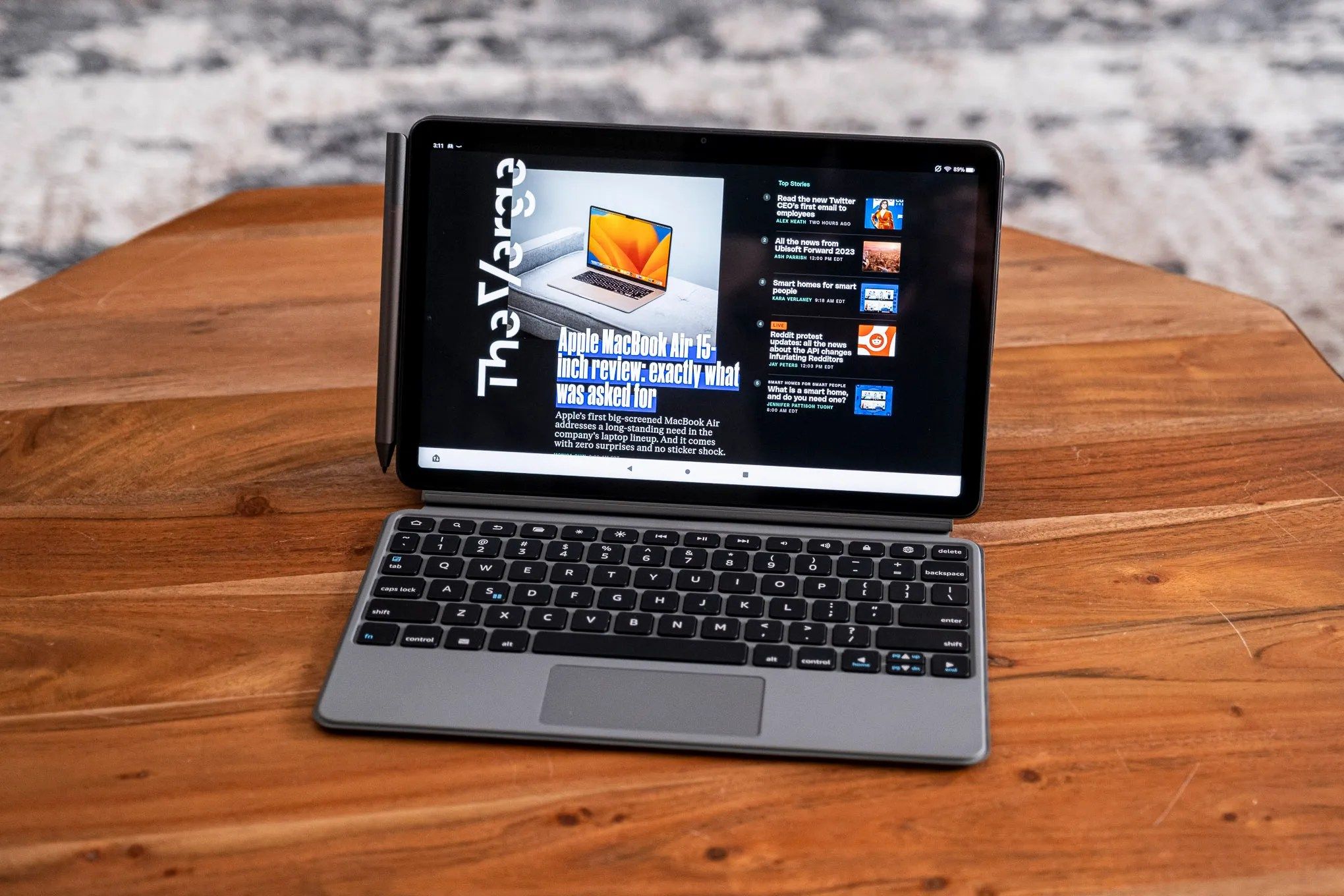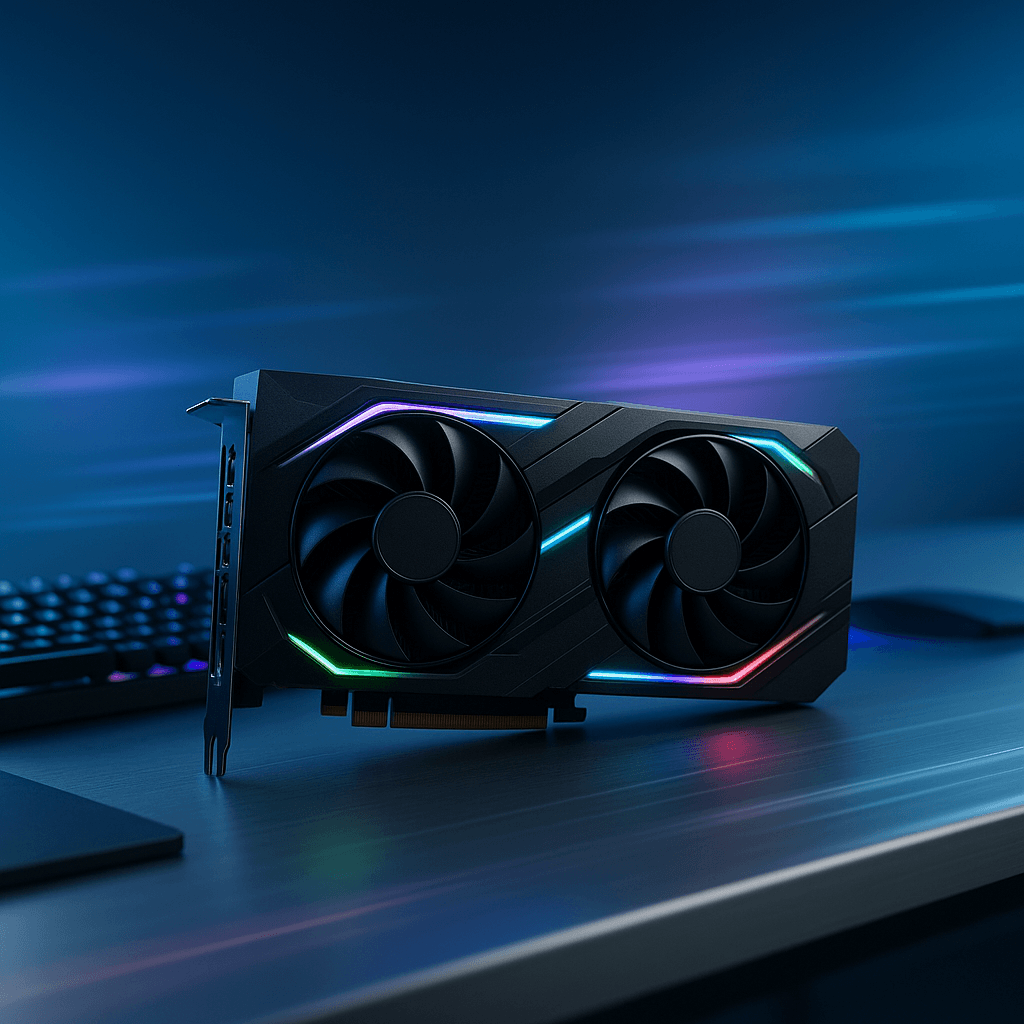Google just officially launched the Pixel 10, 10 Pro, and 10 Pro XL with two game-changing upgrades that will reshape Android's premium tier: Qi2 magnetic wireless charging and the first TSMC-built Tensor G5 chip. Starting at $799, these phones mark Google's most aggressive push yet into AI-powered smartphone experiences that run entirely on-device.
Google just dropped the other shoe in the smartphone wars. After months of speculation, the company formally announced the Pixel 10, 10 Pro, and 10 Pro XL today, and while the phones look nearly identical to their predecessors, the hardware story runs much deeper than appearances suggest. The upgrades boil down to two critical components: the new Tensor G5 chipset and long-awaited Qi2 wireless charging support. For the first time in the Pixel lineup, Google is pushing hard into MagSafe territory with its new "Pixelsnap" magnetic ecosystem. The company is launching alongside a magnetic stand charger with detachable wireless puck and a ring-style grip that doubles as a stand. More importantly, the Pixel 10 series becomes compatible with the vast ecosystem of existing MagSafe accessories - a move that could finally give Android users parity with iPhone charging options. The regular Pixel 10 and 10 Pro support 15W Qi2 charging, while only the 10 Pro XL reaches the full 25W Qi2.2 specification. Under the hood, the Tensor G5 represents Google's first partnership with TSMC after four generations of Samsung-manufactured chips. According to Google, the CPU delivers 34 percent faster performance than the Tensor G4, with a massive 60 percent boost for on-device AI tasks handled by the dedicated TPU. That AI focus becomes clear immediately when examining the Pixel 10's software features. The standout addition is Magic Cue, an AI system that proactively suggests text based on context without any user input. If a friend texts asking for your Airbnb address, Magic Cue theoretically grabs it from your email and surfaces it above the keyboard. When calling a business number from an email confirmation, it can surface relevant details like confirmation numbers directly in the phone app. "All AI is running on-device," confirmed Shenaz Zack, senior director of product management for Pixel, during . The feature incorporates recent phone activity but remains "ephemeral" - it won't remember activities from a week ago and doesn't save screen content. Magic Cue works primarily with first-party apps including messages, calendar, Gmail, and phone, but integrates with Gboard for broader third-party app support. The AI integration extends aggressively into photography. The 10 Pro and 10 Pro XL introduce diffusion AI models that enhance detail in extreme zoom shots above 30x magnification. This isn't traditional computational photography - it's full generative AI creating image detail that wasn't captured by the sensor. Results get tagged with C2PA content credentials in , marking them as AI-edited. The philosophical implications aside, early demos suggest the feature transforms unusable digital zoom into genuinely sharp images. Additional AI features include an AI Camera Coach providing step-by-step composition guidance, text prompt editing in Magic Editor, and an AI-powered journal app that assigns emoji summaries to daily entries. The phone app gains AI translation that mimics the speaker's voice rather than using robotic speech. However, the hardware story contains notable tradeoffs. is segmenting camera sensors more aggressively this generation. The regular Pixel 10 loses the flagship's 50MP main sensor, instead using a smaller 48MP 1/2"-type sensor borrowed from the budget Pixel 9A. The Pro models retain the larger 50MP 1/1.3"-type sensor. Similarly, ultrawide cameras split between 13MP on the regular model and 48MP on Pro versions. The Pixel 10 does gain its first dedicated telephoto lens with 5x optical zoom, though it's a step down from Pro model hardware. Following lead, US Pixel 10 models eliminate physical SIM trays entirely, supporting dual active eSIMs with storage for eight or more profiles. Battery capacities increase across the board: 4970mAh in the Pixel 10 (up from 4700mAh), 4870mAh in the 10 Pro, and 5200mAh in the 10 Pro XL. Displays gain brightness improvements without major specification changes. Pricing remains unchanged from the Pixel 9 series, with the Pixel 10 starting at $799, 10 Pro at $999, and 10 Pro XL at $1,199. However, eliminated the cheaper 128GB Pro XL variant, making $1,199 the entry point for the largest model.












